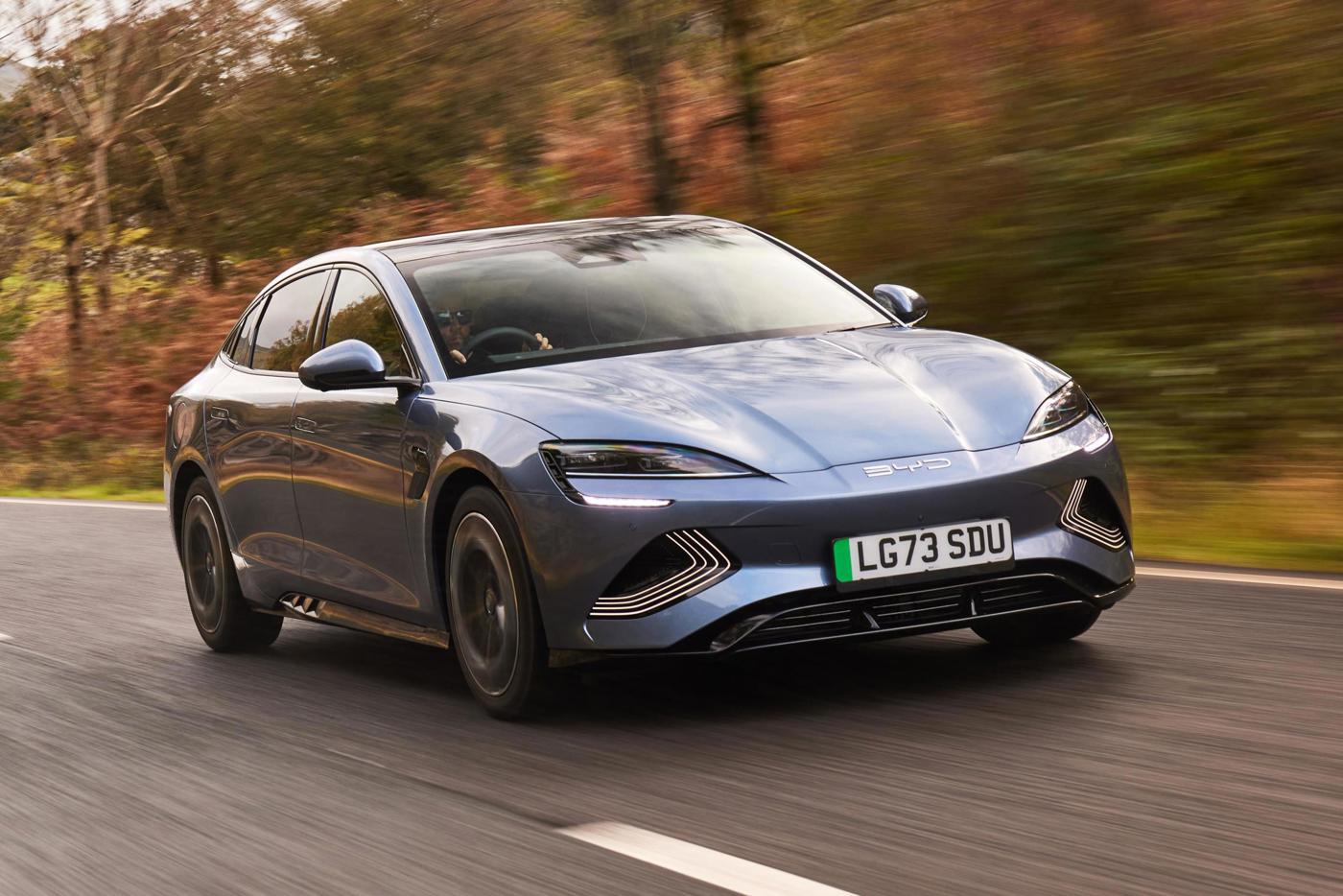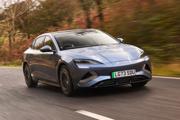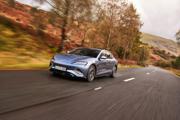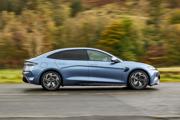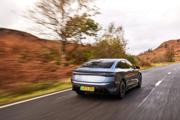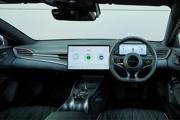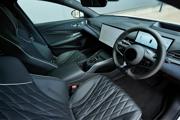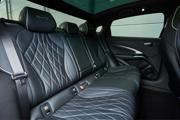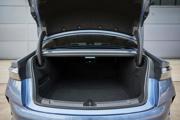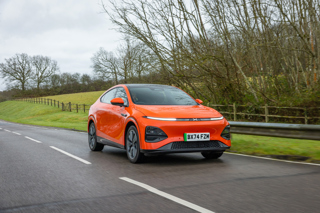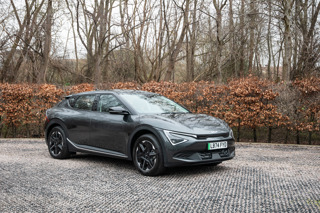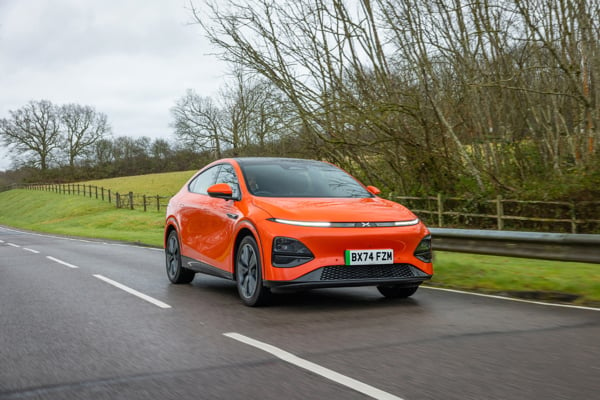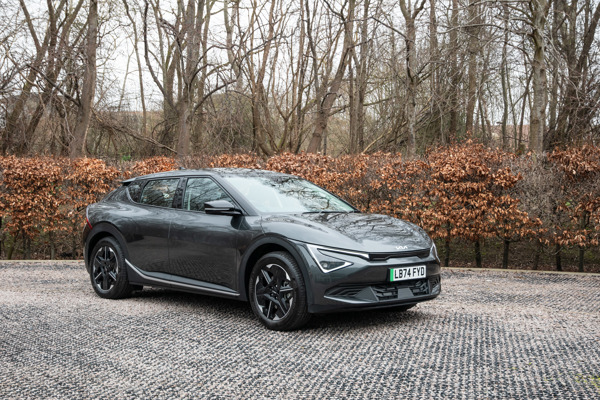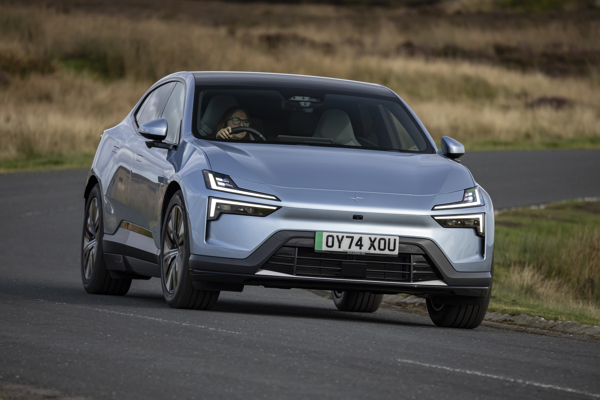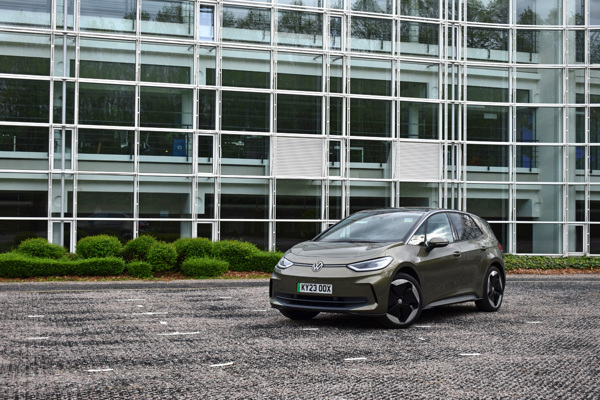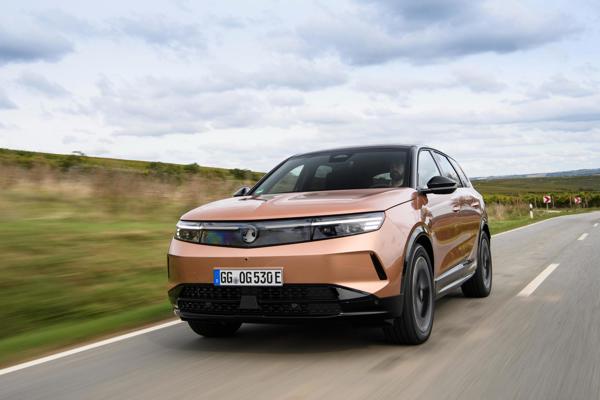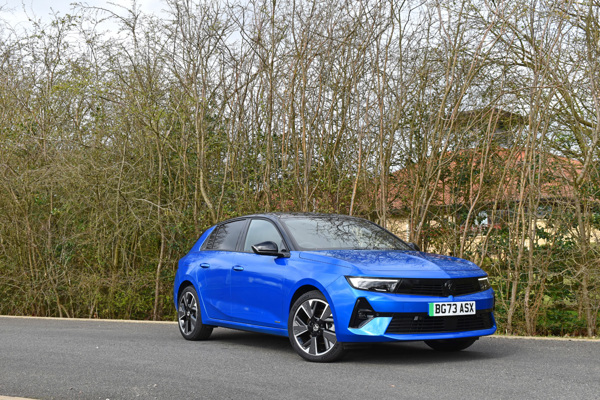Review
Company car drivers seeking an impressive all-electric executive drive would be wise to consider the BYD Seal. It has a luxury interior, impressive equipment offering and impressive range between charges. Lower charging rates and premium pricing versus competitors need to be considered, however.
In essence, the BYD Seal emerges as a formidable contender in the electric vehicle landscape, marrying technological innovation, performance and thoughtful design—a testament to BYD's commitment to pushing the boundaries.
Overview
In its most ambitious bid to challenge established European automotive brands to date, Chinese car manufacturing giant BYD is making a significant mark with what can be deemed its most important electric vehicle to date—the BYD Seal.
Positioned as a halo product, the BYD Seal is strategically targeted at those in the market for models like the Tesla Model 3, Hyundai Ioniq 6, and BMW i4. This move aligns with BYD's broader strategy of elevating its electric vehicle offerings to compete with global counterparts in all segments.
Following the footsteps of the Atto 3 SUV and Dolphin hatchback, the BYD Seal has made a powerful entrance, rounding off 2023 as the third electric vehicle to be launched by the company in the UK, with the promise of more innovative products in the pipeline. Positioned as a "next-generation" vehicle, the Seal exhibits a level of maturity that sets it apart in this highly competitive market.
Admittedly, BYD's commitment to delivering a well-equipped and high-performance electric vehicle comes at a premium price. Nevertheless, the Seal stands out as a compelling addition to the D segment, catering to drivers seeking a blend of sophistication and cutting-edge technology.
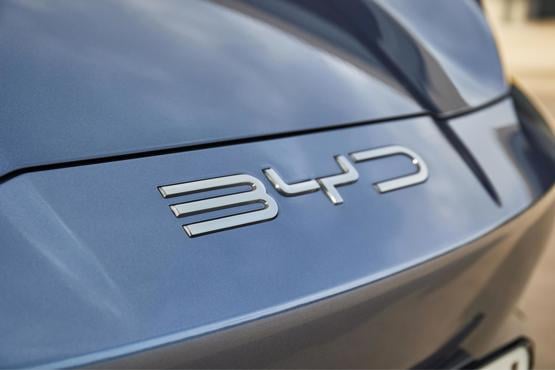
While sharing the e-Platform 3.0 with the Atto 3 and Dolphin, the BYD Seal distinguishes itself with a larger 82.5kWh battery pack which contributes to some impressive performance metrics.
The Design version, equipped with a single-motor rear-wheel drive producing 312PS, boasts an impressive range of 354 miles in WLTP assessment. Accelerating from 0-62mph in just 5.9 seconds, it edges ahead of the base-model Tesla Model 3 in terms of speed.
For those seeking more power, the Excellence model features dual motors and all-wheel drive, generating 530PS and claiming a range of 323 miles. While slightly outpaced by the Tesla Model 3 Performance in terms of acceleration and range, the BYD Seal basks in its 3.8-second acceleration capability.
Comfort and practicality
The overall quality of the vehicle is consistently high, with quilted vegan leather seats that exude luxury in both the front and rear and strike a perfect balance between comfort and support. with the Alcantara suede trim on the dashboard and doors.
Adding to the expensive feel is the full-length panoramic roof that bathes the entire cabin in natural light and while the roof doesn't open, this adds to the car’s premium feel.
BYD’s super-thin Blade battery helps to maximise the interior dimensions through a flat floor which makes efficient use of space. The result is generous legroom in both front and rear, allowing it to compete very favourably with the Model 3 and outranking the Polestar 2. Ample legroom in the rear and a longer wheelbase is slightly offset however by the sloping roofline, where headroom might be slightly limited for taller passengers.
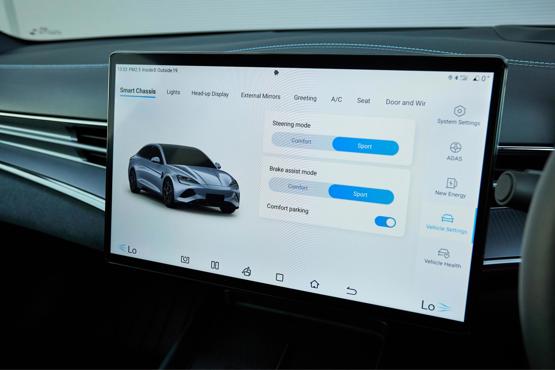
The infotainment system, borrowed from the Atto 3, boasts a responsive 15.6-inch rotating display with rapid processing speed and seamless Apple and Android connectivity combined with an intuitive interface and 12-speaker Dynaudio stereo, which together elevates the overall in-car experience.
However, the infotainment system does have its drawbacks. Accessing climate controls requires exiting the system through navigation sub-menus so can be somewhat awkward.
Despite a narrow boot opening, the 402-litre capacity does also fall slightly short of class leaders. Nevertheless, a practical 53-litre frunk for charging cables helps compensate for this with ample storage areas throughout the cabin further enhancing the vehicle's practicality.
Safety and technology
Offering a wide range of smart driving aids ranging from the newly developed Intelligent Torque Adaptation Control System to a comprehensive range of advanced driver assistance systems, safety comes as standard on the BYD Seal.
Autonomous emergency braking (car-to-car, vulnerable road user, junction & crossing, backover and head-on) as well as a lane support system with lane keep assist (LKA), lane departure warning (LDW) and emergency lane keeping (ELK), a speed assist system (SAS) and a speed sign recognition system are fitted on all models.
Dual frontal, side chest-protecting and side head-protecting airbags are standard as is a centre airbag, to provide added protection to front seat occupants in side impact crashes.
In fact, the all-new BYD Seal was awarded five-star safety ratings by the Euro NCAP independent safety tests earlier this year, performing to a high standard throughout, underlining its outstanding active and passive safety credentials and the structural benefits of BYD CTB (Cell to Body) technology.
The car achieved an 89% score for adult occupant protection. Thanks to the CTB technology, the passenger compartment of the BYD Seal remained stable in the frontal offset crash test. The car also offered good protection against whiplash injuries thanks to the advanced eCall-system and the braking system that helps avoid secondary collisions receiving an honourable mention too.
In child protection tests, the BYD Seal achieved an 87% score, minimising impact to all critical body areas in both frontal and side barrier tests. Pedestrians and cyclists are also protected due to the Autonomous Emergency Braking System (AEB) with the system warning against a door opening if a cyclist is approaching from behind, receiving an extra nod from Euro NCAP.
Driveability and range
The BYD Seal boasts two versions, catering to distinct driving preferences – the Design RWD featuring a single motor and the Excellence AWD equipped with two motors for four-wheel drive.
The Excellence AWD which we tested has an official WLTP range of up to 323 miles, offering a balance between performance and efficiency. The entry-level Design model is no slouch though, boasting a highly competitive official range of up to 354 miles. For most, the performance of the Design model is likely to be more than adequate, ensuring the swiftest of manoeuvring.
Despite the assumption that a vehicle with considerable power and a hefty battery might demand a firm suspension, the BYD Seal surprises with a well-tuned system that navigated all the complexities of the UK's uneven roads. The all-wheel-drive variant comes with semi-adaptive dampers - while the Design version opts for a passive system - delivering a satisfying ride.
In terms of sound penetration, the Seal's all-wheel-drive model did suffer from a degree of road noise, though wind noise remained well-contained, thanks to standard double-glazed front windows on both versions. Body lean was effectively controlled, and the Excellence AWD benefits from a torque-vectoring system, enhancing grip and stability.
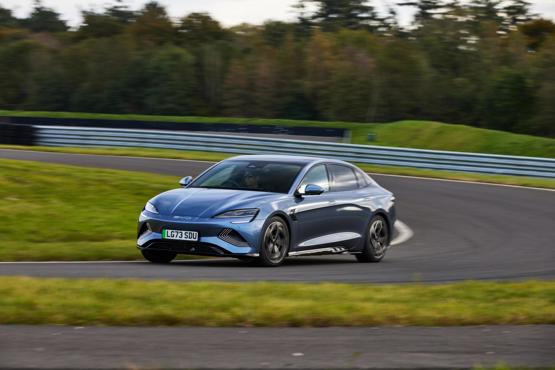
The potent Excellence AWD model delivers a spirited throttle response, offering an exhilarating driving experience with acceleration accompanied by a modest EV hum.
While the Seal excels in standing starts, its prowess extends beyond the test circuit with steering responsive and well-weighted.
The BYD Seal offers four distinct driving modes: Normal, Sport, Eco and Snow. Sport mode may prove too spirited for some so dialling back to Normal mode still delivers in terms of reactive turning and minimal body roll.
Even on a rainy test drive in mid-winter, the BYD Seal offered a confidence-inspiring experience, showcasing its adaptability and stability under challenging road conditions.
In terms of charging, the Seal’s Blade battery offers an 11 kW on-board charger for AC charging as standard and can be fast charged with a maximum 150kW. With this amount of power, the battery can be charged from 30% to 80% in 26 minutes. That’s slower than the i4 (200kW), the Ioniq 6 (220kW) and the Model 3 (up to 170kW for the RWD and 250kW on the Long Range).
Aimée Turner has been a specialist B2B editor and journalist covering the international transportation sector for more than 20 years.
Now deputy editor of AM, she has specialised in the significant safety, regulatory, and environmental issues that impact advanced technology businesses in the pursuit of more efficient, safer and sustainable transportation modes.

Specs
| Manufacturer | BYD |
| Model | Seal Saloon |
| Specification | BYD Seal Saloon 230kW Design 83kWh 4dr Auto |
| Model Year | 2023.00 |
| Annual VED (Road tax) | £10 |
| BIK List Price | £45,640 |
| Range | 354.00mile(s) |
| CO2 | N/A |
| BIK Percentage | 2% |
| Insurance Group | N/A |
| CC | 1 |
| Fuel Type | Electric |
| Vehicle Type | Medium car |
| Luggage capacity (Seats up) | 400litres |
| Doors | 4 |
Running Costs
| P11D | £45,640 |
| Cost per mile | 51.10ppm |
| Residual value | £19,575 |
| Insurance group | N/A |
| Fuel Type | Electric |
| Cost per mile | 175.84ppm |
| Fuel | 2.40ppm |
| Depreciation | 170.95ppm |
| Service maintenance and repair | 2.49ppm |
Rivals
Info at a glance
-
P11D Price
£45,640
-
MPG
N/A (WLTP) -
CO2 Emissions
N/A -
BIK %
2% -
Running cost
3 Year 60k : £19,575 4 Year 80k : £16,300 -
Fuel Type
Electric -
Range
354.00mile(s)



